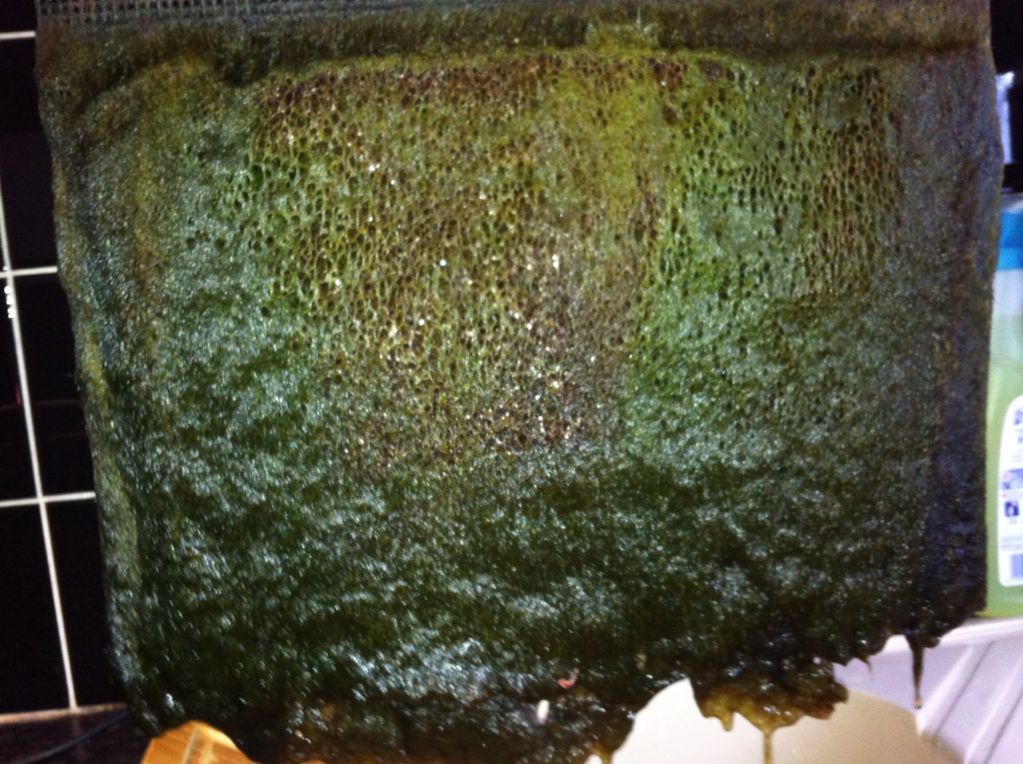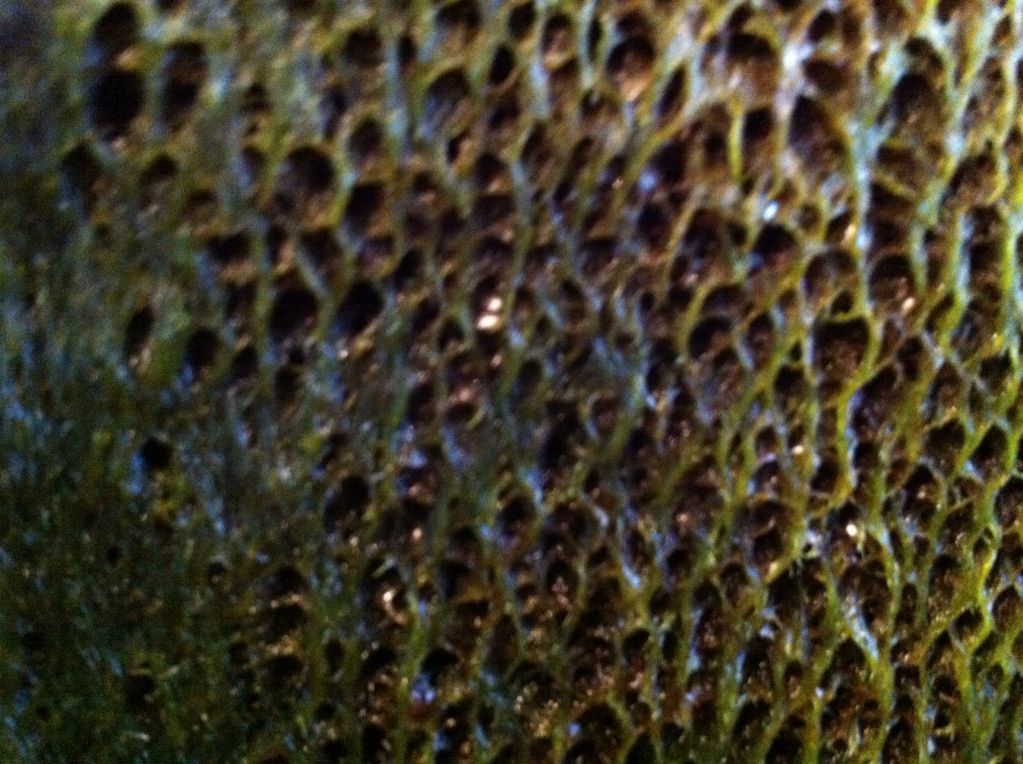But maybe it's treating a symptom and not a cause. Yes alga utilize PO4, but they also utilize other nutrients. Now we need to understand which are preferred and which are readily available.
What happens to all the ammonium/NH4 that's created in the tank if the nitrosomonas bacteria population is depleted?




 Reply With Quote
Reply With Quote



